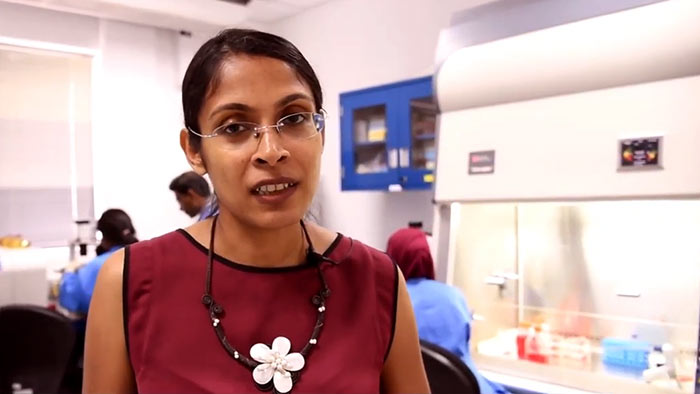Neelika Malavige is an immunologist at the University of Sri Jayewardenepura in Colombo who has studied dengue for more than a decade told, Nature that with 41,000 confirmed cases of dengue this year, the research process has been badly affected.
“We are trying to identify biomarkers that can help determine if someone will go on to develop severe dengue. We are also trying to determine the immune response associated with protection from severe disease, which is still unknown for dengue”
Neelika Malavige
Current outbreak:
She explained what’s going on at the moment to manage the crisis situation
“my lab is looking for drugs that can be repurposed to treat dengue — for which there is no safe and effective vaccine — and has completed several clinical trials. We are recruiting and collecting samples for a study with a group in Latin America to compare the epidemiology and pathogenesis of dengue in the two regions. At the same time, we are trying to sequence and isolate the dengue virus to understand what is driving the current outbreak.”
Although Neelika and the team are doing their best things are not easy.
“The power cuts and lack of fuel for back-up electricity generators mean that we cannot use equipment such as our Illumina genomic-sequencing machine, which needs to run continuously for at least 24 hours. Instead, we rely on nanopore sequencing, which can run on a powerful battery. Nanopore sequencing is easier and cheaper and gives better coverage, but has slightly lower accuracy rates. Last week, we managed to sequence a few samples of SARS-CoV-2, because cases have slowly started to rise this month.”
She said that “we had power cuts lasting for up to 13 hours, so we lost samples stored in some of our freezers.”
I spend most of my time troubleshooting. Said the scientist.
Nelika has not only to troubleshoot power cuts but also inflation.
“It has driven up the price of many essential lab items. For example, a bottle of the cell-culture medium we use was 4,000 Sri Lankan rupees (US$11 at current conversion rates) in 2021, and is now 36,000 rupees. I’m still just scratching my head trying to figure out how to solve this problem “






